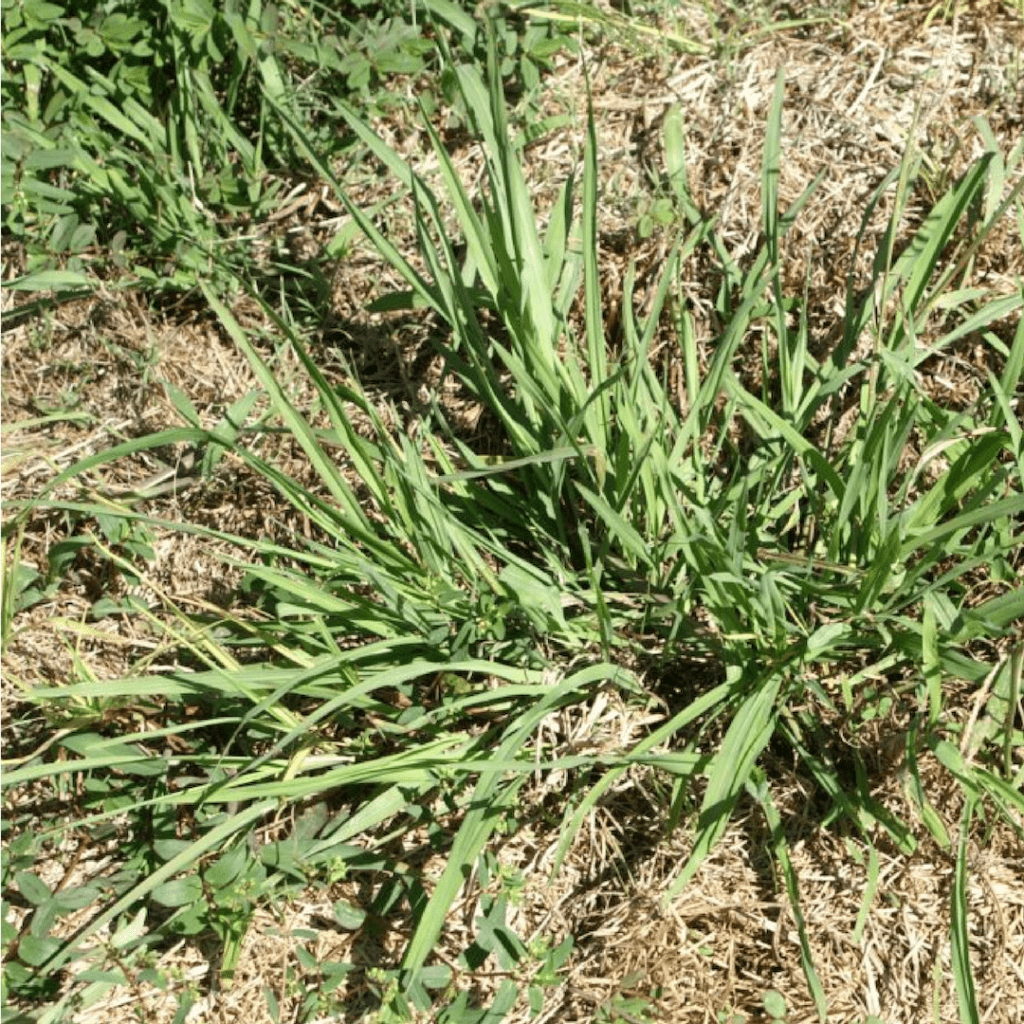Common Grassy weeds
Read MorePosted on: Jul 19, 2021Luis M Pérez
Common grassy weeds, most likely, do not blend in with your lawn. They can quickly take over before you realize it. These weeds can and will take the nutrients from your lawn because they compete for space. The best defense is to have a thick healthy lawn. Whether you select a company or want to do it yourself is a personal matter. However, it is best to stay informed and identify the types of weeds to treat them more effectively.
Grassy Weeds

Crabgrass – There are many different types of crabgrass. The most common types look like a coarse, light green clump of grass. It earned its name because its sprawling stems resemble the legs of a crab.

Quackgrass – Quackgrass is a cool-season perennial grass, while Crabgrass is a warm-season perennial grass. A quackgrass root system forms rhizomes that grow horizontally and deep into the soil. In comparison, crabgrass roots form a shallow crab-like structure. Both of these weeds grow poorly in thick, shaded lawns.

Dallisgrass – Dallisgrass is a taller, upright weed. Crabgrass has a broader leaf and grows lower to the ground. Crabgrass seed heads are tiny and fine. They grow out of the top of the stem. Dallisgrass seed heads are much larger. They have small black spots on them, and they grow off the side of the stem.

Poa annua – This is an example of Poa annua (Annual Bluegrass) – Poa annua is bright green, so it really stands out on a dark green lawn. Poa annua has smooth leaves with a pointed “boat-shaped” tip. In addition, Poa annua produces a white feathery, tufted seed head that is unsightly. These seed heads are most common in the spring but can sometimes be seen in the summer or winter.

Rescue grass – Winter annual grassy weed with a drooping, panicle inflorescence. It consists of strongly flattened spikelets, and each contains 4-9 florets. The leaf-sheaths have a hairy upper surface of blades with a prominent membranous ligule.
When and how to treat these weeds
When it comes to controlling grassy weeds, every weed is different. What is important is that you correctly identify what weed you are attempting to treat and select a labeled product for that weed. In some cases, it may be possible to prevent the growth of grassy weeds by using a pre-emergent or a growth regulator. In other cases, you may only be able to use a post-emergent chemical treatment. Therefore, it helps maintain a thick, healthy lawn that will help by choking out and reducing all weeds. This is achieved by maintaining a proper cutting, watering, seeding, and fertilization program.
Want To Learn More Or Have Questions?
For more information on grassy weeds, please contact our Lawn Care Expert, Luis Perez, via email at luisp@doctorgreen.com.

